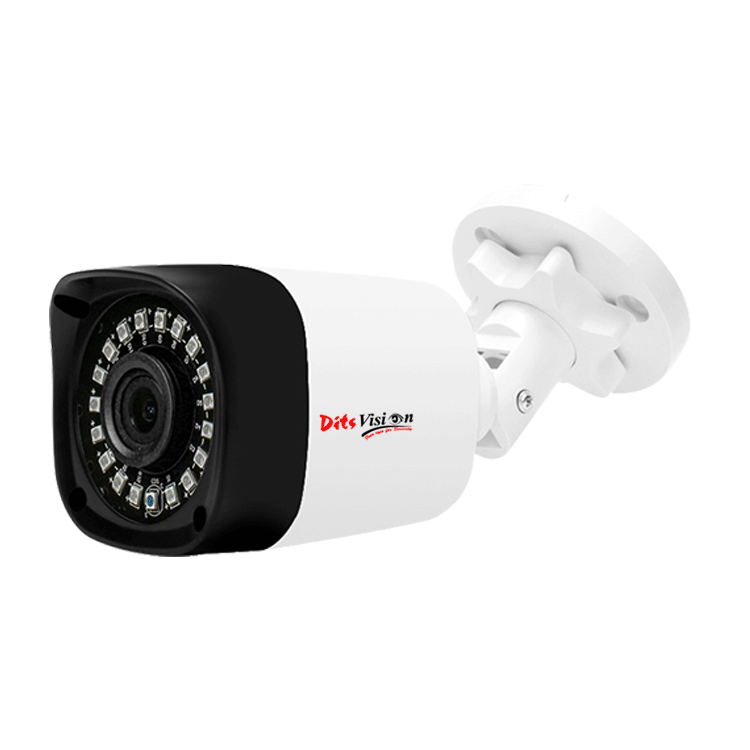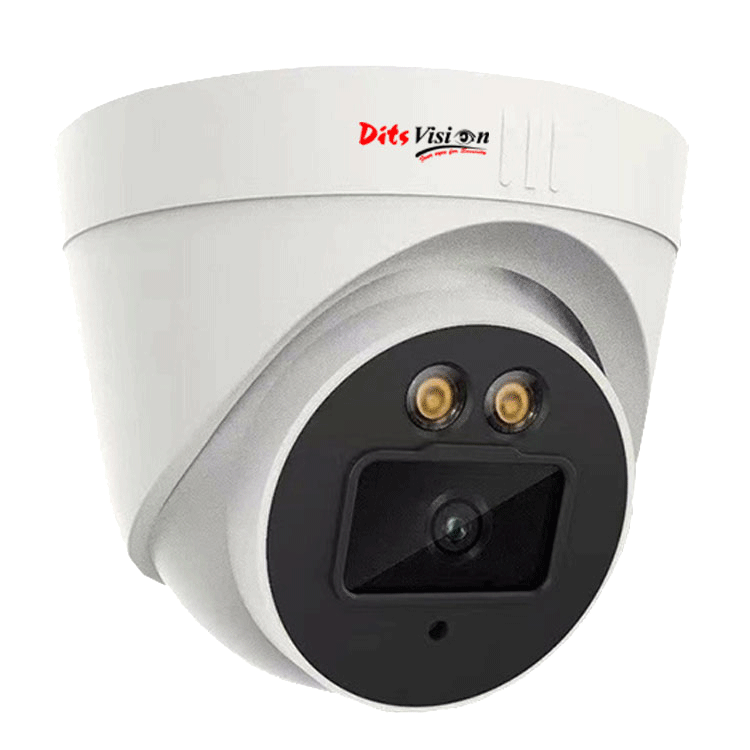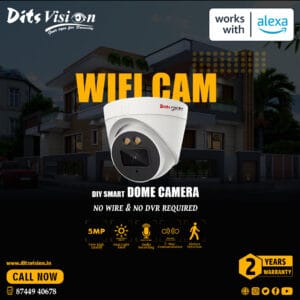Introduction:
When it comes to safeguarding your space, choosing the right CCTV camera is pivotal. The world of surveillance technology offers a diverse array of options, each tailored to specific needs. In this guide, we’ll delve into the types of CCTV cameras, explore the differences between dome and bullet cameras, and navigate the nuances of indoor versus outdoor surveillance.
Types of CCTV Cameras:
- Dome Cameras:Dome cameras, as the name suggests, come enclosed in a dome-shaped casing. These cameras offer a discreet and aesthetically pleasing design, making them ideal for indoor use. The dome casing also provides an added layer of security, as it conceals the direction the camera is facing. Dome cameras are versatile and often used in retail spaces, offices, and homes.

- Bullet Cameras:Bullet cameras are characterized by their cylindrical shape, resembling a bullet. These cameras are known for their long-range capabilities and are often used for outdoor surveillance. Bullet cameras are visibly deterrent, making them an excellent choice for deterring potential intruders. They are weatherproof, making them suitable for monitoring outdoor spaces like parking lots, driveways, and building perimeters.
- PTZ Cameras (Pan-Tilt-Zoom):PTZ cameras offer the flexibility of remote-controlled movement. Users can pan horizontally, tilt vertically, and zoom in on specific areas of interest. This versatility makes PTZ cameras suitable for large areas that require constant monitoring. They are commonly used in open spaces like parking lots, stadiums, and city surveillance.
- Box Cameras:Box cameras are the traditional, box-shaped CCTV cameras that are often used in custom installations. They offer flexibility in lens selection, allowing users to choose lenses based on specific surveillance needs. Box cameras are commonly deployed in environments where a customized setup is essential.
Dome vs. Bullet Cameras:
When deciding between dome and bullet cameras, consider the following:
- Visibility: Bullet cameras are more visible, serving as a deterrent, while dome cameras are discreet and blend into the surroundings.
- Installation: Dome cameras are typically ceiling-mounted, providing a wide field of view, while bullet cameras are wall-mounted for a more targeted focus.
- Aesthetics: Dome cameras offer a sleek design, suitable for indoor spaces, while bullet cameras are robust and weatherproof, designed for outdoor use.
Indoor vs. Outdoor CCTV Cameras:

- Indoor CCTV Cameras:Indoor cameras are designed to monitor enclosed spaces. They are compact, discreet, and often have features like two-way audio for interactive monitoring. Indoor cameras are suitable for homes, offices, retail stores, and other indoor environments.
- Outdoor CCTV Cameras:Outdoor cameras are built to withstand varying weather conditions. They are weatherproof, durable, and often equipped with infrared night vision for 24/7 surveillance. Outdoor cameras are commonly used for perimeter security, parking lots, and building exteriors.
Conclusion:
Choosing the right CCTV camera involves understanding the specific requirements of your surveillance needs. Whether you opt for the discreet design of dome cameras, the visible deterrence of bullet cameras, or the flexibility of PTZ cameras, selecting the right type ensures effective security tailored to your space. Similarly, discerning between indoor and outdoor cameras ensures optimal performance in different environments. The lens is your window to security – choose wisely.
if you need any help write us at : ditsvision@gmail.com



